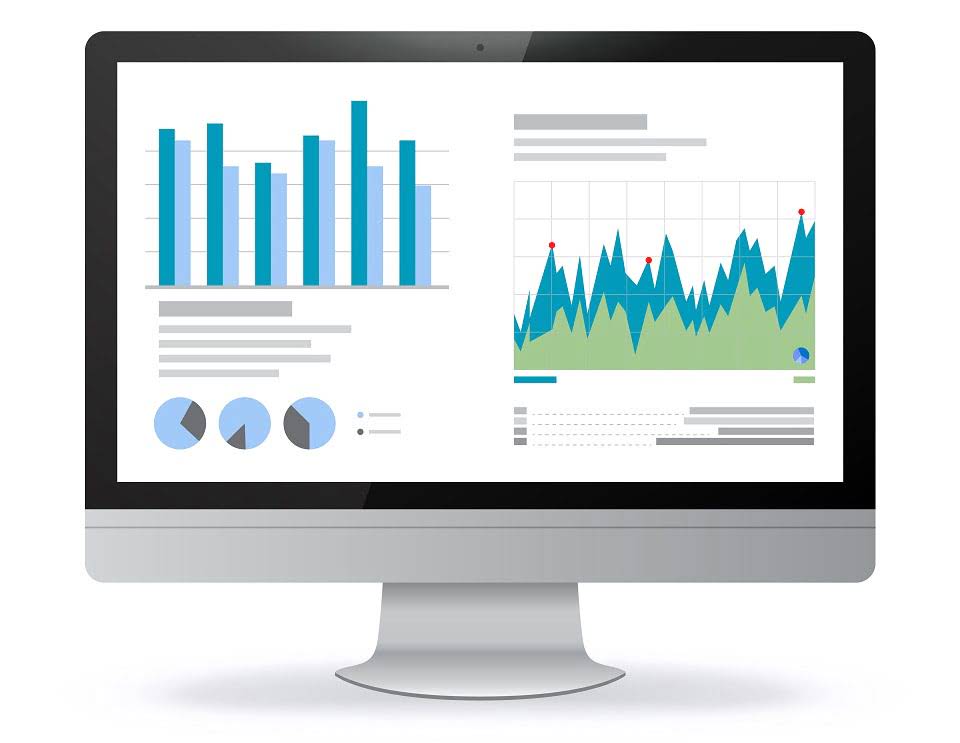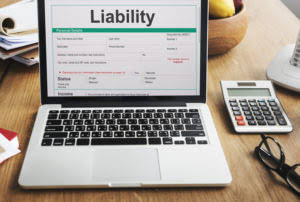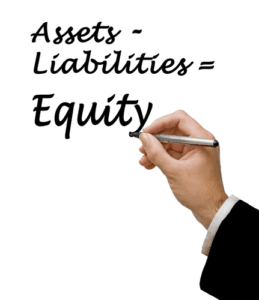
It helps businesses gauge potential losses, plan finances accurately, and adhere to regulatory requirements. Continuous monitoring of accounts receivable is crucial for minimizing bad debt. This involves regularly reviewing outstanding accounts, swiftly following up on overdue payments, and maintaining clear communication with customers.
- This failure can stem from various reasons, including financial or corporate insolvency, bankruptcy, or disputes regarding the products or services provided.
- However, bad debt expenses only need to be recorded if you use accrual-based accounting.
- Many investors use the return on equity (ROE) ratio to determine a company’s capacity to generate money from its owners’ equity or assets.
- As a result, a provision for questionable accounts is made based on an expected value.
- You must compare the company to other industry participants to determine true efficiency.
- A bad debt expense is a financial transaction that your business records in its books to account for any bad debts it has given up trying to collect.
Get the smartest minds involved in handling your business accounting
- Bad debt is considered a normal part of operating a business that extends credit to customers or clients.
- If you want to use the allowance method, you have to record your bad debt differently.
- Regularly review and adjust bad debt estimates based on changing economic conditions and customer payment behavior.
- By categorizing accounts receivable based on the time outstanding, this method provides a more nuanced estimate of potential bad debts.
- This represents the total amount of money owed to your business by customers.
- According to the IRS, you should only write off bad debt expense after the amount outstanding is no longer likely to be paid.
Even yet, if investors don’t do their homework, comparing data might be misleading. Just though one firm’s figures are lower than its competitors’ does not indicate it will function more efficiently. If you notice a clear pattern in the data, you should investigate why. Investors would be delighted if the number of inventory days decreased as a result of improved inventory control. Products, on the other hand, maybe fly off the shelves faster merely because the manufacturer is lowering its prices.

Impact on Financial Statements
This is a contra-asset account used to estimate the amount of accounts receivable that might become uncollectible. Dividend income can assist offset, at least Online Accounting partially, any losses incurred as a result of owning the stock. The dividend yield ratio is a calculation of the amount of cash flow received for every dollar invested in the stock. Higher current ratios indicate that the company effectively manages its short-term liabilities and generates adequate cash to run its business. The current ratio determines whether a business can pay its debts within a year.

How do you calculate bad debt expense?
- Bad debt expense represents the amount a company anticipates losing due to non-payment of outstanding invoices by customers.
- Optimizing payment and credit policies, improving billing and invoicing processes, and building strong customer relationships are key.
- Dealing with accounts that you either write off or somehow recover is crucial.
- But you need to know how to calculate the bad debt expense percentage to estimate what your allowance should be.
- The allowance method involves setting aside money as an allowance for bad debts, which acts like a safety net on the balance sheet.
The second method of calculating anticipated bad debt is bad debt percentage. This method analyzes historical data to find average total past losses. This number is then divided by the total average AR over the same period. This number is the amount of anticipated bad debt as a percentage of income. In the allowance method, bad debts are anticipated before they occur.
Using the direct write-off method
Bad debt is the dollar amount of receivables your company doesn’t expect to receive. Basically, for one reason Accounting For Architects or another, the customer isn’t going to fulfill their obligation to pay. Investors buy bonds, and firms receive the money from the bonds upfront.
Finding The Right Local Accountant Near Me: Tips And Tricks
To further clarify, here are a couple of examples of bad debt expenses, including sample calculations. If a customer or client owes you money but is unable to pay the amount due, you won’t be able to collect the debt owed. For example, you might perform a service and provide the customer with an invoice specifying that they should pay you within 30 calendar days (Net 30 payment terms). Hospitals and health systems can use the bad debt ratio to understand better how much bad debt is too much. $1,000 of this amount will be allocated to the “allowance for doubtful accounts” contra-asset account.
Locating Bad Debt Expense on Financial Statements
The Bad Debt Expense Calculator is a bad debt expense calculator useful tool for businesses to estimate the financial impact of uncollectible accounts. The reserve is the amount set aside to cover potential future bad debt expenses. Because the likelihood of bad debts is significant, it is critical to plan. If you do not agree to pay this price, your company is likely to suffer significant losses and may go bankrupt.
Be Proactive with Late Invoices

It’s best to get money right away rather than wait, especially since certain bad debt expense may never be paid. Because some accounting rules must be followed, bad spending will not always be recorded. Only accrual accounting standards can be used to record the bad debt expense. However, if you use different accounting procedures, this does not indicate the debt is not bad.
